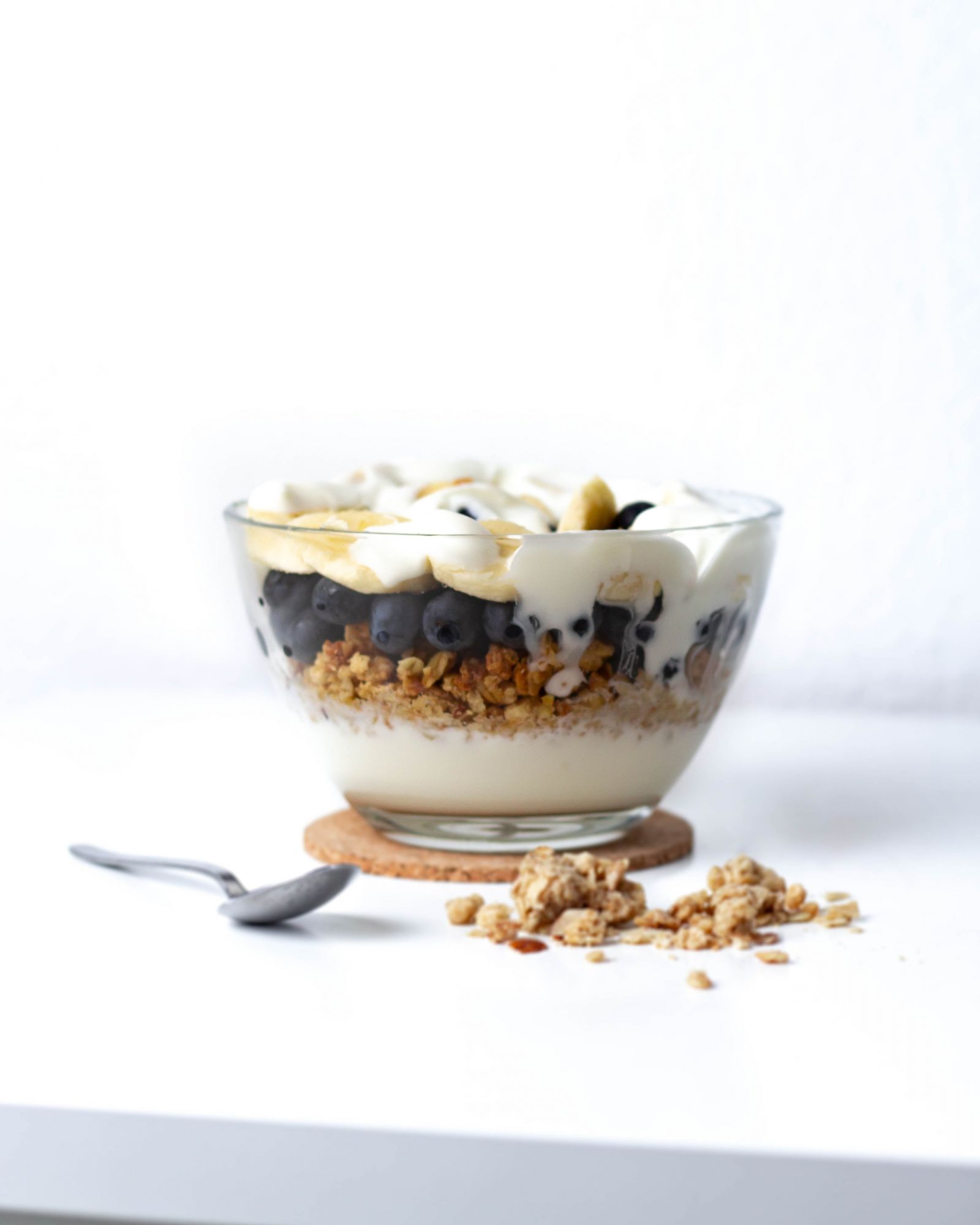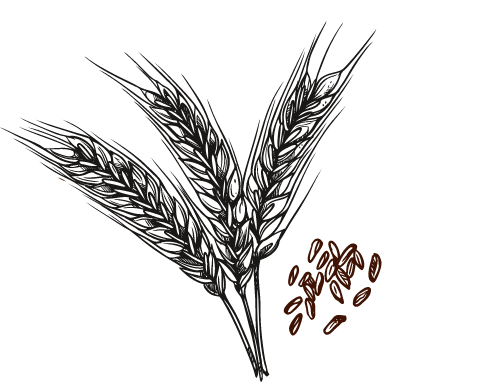
At the heart of the complex machinery of our digestive system is a fragile universe whose balance is essential: the microbiota. This collection of micro-organisms is home to beneficial bacteria, pre and probiotic lovers, which keep pathogenic bacteria at bay. We explain?
What is the gut microbiota?
The intestinal microbiota refers to the invisible world of micro-organisms that inhabit our intestinal flora. Although we also talk about skin, mouth, lung or vaginal microbiota, the gut microbiota remains the champion of all categories: it contains parasites, viruses, yeasts or fungi, but above all several billion bacteria of different species. That's no less than 2 kg of micro-organisms on average¹ per person, distributed between the colon, the small intestine and right up to the stomach walls.
Their role? To facilitate digestion, optimise the synthesis or assimilation of essential nutrients and, in passing, to participate in immunity by preventing pathogens from colonising the area. Like all human microbiota, the gut microbiota plays an essential role in the body's overall balance.
Where does the microbiota come from?
In quantity and quality, each microbiota is unique. While a few dozen species of bacteria are common to all human beings, the remaining hundreds vary from one host to another depending on their life history, and this from birth: the first bacteria in the microbiota come from the mother's vaginal flora in the case of vaginal birth, and from the environment in the case of caesarean birth. This primary microbiota then evolves according to the diet, the environment, but also to drug treatments or genetics.
When the gut microbiota goes off the rails
If the microbiota and its bacteria are a hot topic, it is because current research gives them a central place. Recent discoveries have highlighted the fragile balance of the intestinal microbiota: among its billions of bacteria, some are beneficial, others neutral, others toxic. When the flora is healthy, the 'good' bacteria dominate and do their job, keeping the 'bad' bacteria in check. When the flora becomes unbalanced, the bad bacteria can take over. And this imbalance generates, maintains or aggravates various discomforts, from stomach aches or bloating to certain intestinal pathologies.
Can we preserve the bacteria of the microbiota?
Yes... and no. It is impossible to influence genetics, often difficult to act on the environment and just as complicated to avoid medicinal treatments such as antibiotics, which are essential for certain pathologies but are not appreciated by the intestinal flora. On the other hand, it is possible to promote the growth and development of certain intestinal bacteria by feeding them: these are prebiotics. Another option is to enrich the bacterial population through external contributions: this time it is probiotics. In both cases, diet remains the most effective lever for a healthy microbiota!
What is the difference between prebiotics and probiotics?
Prebiotics are substances found in food, more precisely in plants. Because they are non-digestible, they land intact in the colon where their fermentation feeds certain beneficial bacteria.
Probiotics are living microorganisms, i.e. bacteria, present in certain fermented food preparations or in the form of supplements. These foreign bacteria can strengthen the existing microbiota.
How to consume prebiotics?
Prebiotics are a simple way of strengthening the intestinal microbiota, since these substances are naturally present in some foods. There are several of them, to be combined in a balanced diet. Beware, these are by definition non-digestible substances that ferment: they can cause discomfort for fragile digestive systems. In this case, proceed step by step, testing the foods and in small quantities. Do not hesitate to be accompanied by a health professional!
- Soluble fibres are the most famous allies of the bacteria of the intestinal microbiota. They are present in many plants, in particular almonds with their skin, split peas, leeks and cooked artichokes, avocado, raspberries or dried figs...
- Resistant starches are found in unripe bananas, legumes (chickpeas, lentils, beans, etc.), potatoes, cooked and cooled rice or chestnuts.
- Fructans are found in garlic, onions, leeks, Jerusalem artichokes, asparagus, shallots, endives and salsify. They are also found in bananas, melons and persimmons.
- Beta-glucans are naturally present in barley and oats, preferably organic, such as oat flakes. They are also found in oyster mushrooms and shiitake mushrooms.
- Polyphenols are found in the same foods as the above: leeks, oat bran, cooked and cooled potatoes or rice, onions and shallots, etc.
How to consume probiotics?
Probiotics are often ingested in the form of food supplements, but can also be found in lacto-fermented foods. Lacto-fermentation consists in preserving food thanks to the action of lactic ferments, which are none other than "good" bacteria. It can be homemade and has many advantages, since the resulting preparations are easily digestible and long-lasting. The only drawback is that in the case of fermented vegetables, they are salty and should therefore be eaten in moderation, as a condiment rather than a main course.
- Yoghurts are the best known fermented foods, but also the easiest to adopt on a daily basis to promote a balanced microbiota. The same applies to cottage cheese.
- Some fermented cheeses also contain probiotics: cheddar, mozzarella or gouda, for example.
- Tempeh is made from fermented soya beans. It is used as a meat substitute for vegetarians and vegans.
- Kefir and kombucha are two sweet fermented drinks, the former made from fruit or milk, the latter from tea.
- French sauerkraut, Korean kimchi, Moroccan preserved lemons, Japanese miso, European pickles and American pickles are all lacto-fermented specialities!
Home-made lacto-fermentation
Making homemade yoghurt requires the use of lactic ferments, either in bags or with the help of a commercial yoghurt, as well as a yoghurt maker or a long period in the oven at very low temperature. Fermented vegetables are simpler to prepare as the ferments are naturally present in the vegetables: cut them into cubes or strips, place them in sterilised jars with the condiments of your choice and pack well. Cover with salted water (1 litre of mineral water + 2 tablespoons of salt) up to 2 cm from the rim, close and leave to ferment for three days at room temperature and then for three weeks in a cooler place, always protected from light. It's ready!









